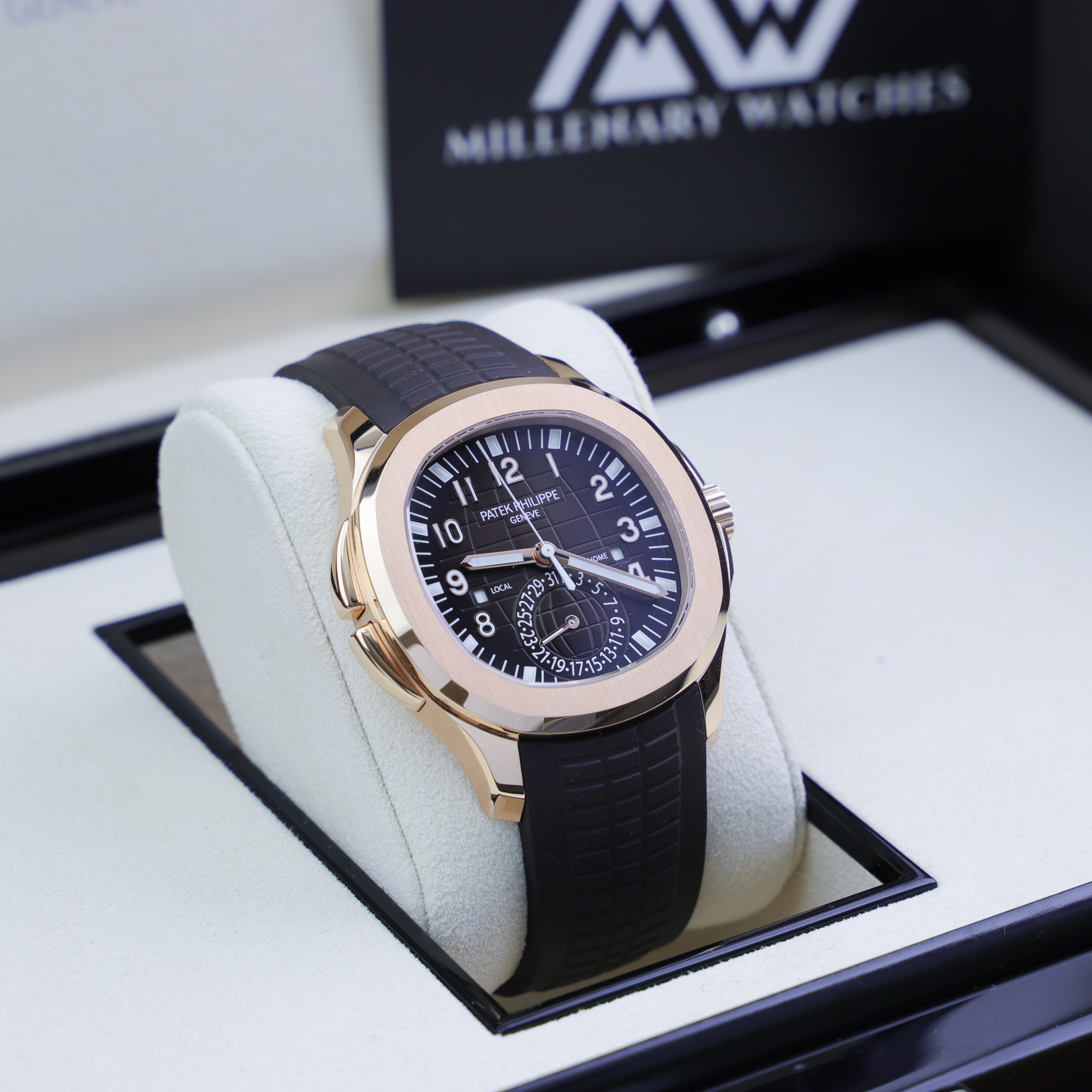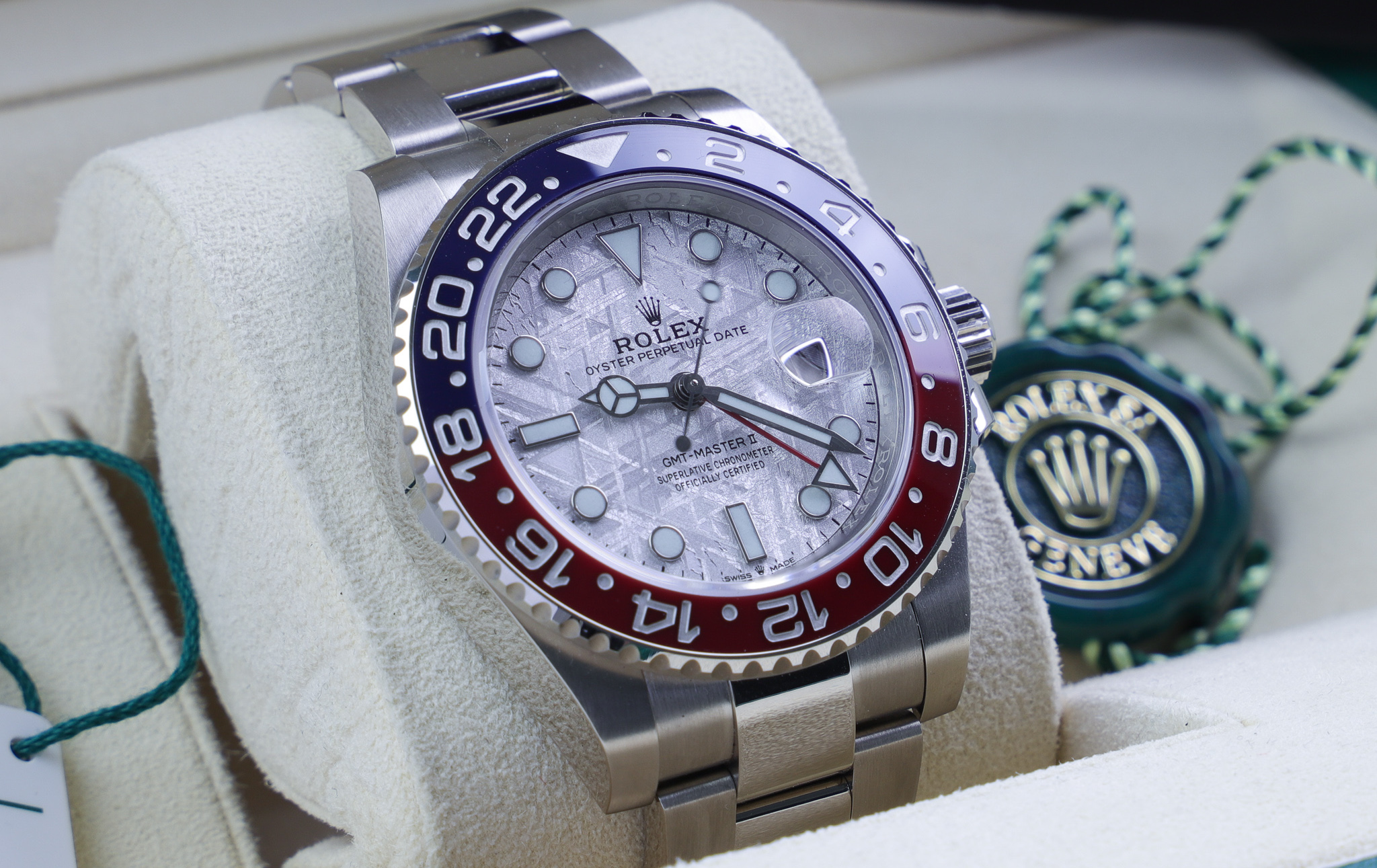
Why is Rolex not in the Holy Trinity?
In the watch industry, there are often talks about “the holy three”, “the holy trinity”, or “the big three”.
If you are familiar with the watch industry, you know that Rolex is not a part of the holy trinity in the watch world. So what is it, what does it mean, and why isn’t Rolex considered to be a part of the holy trinity in the watch industry? That’s what we’ll discuss in this article.
What are the “big three” in the watch industry?
The big three in the watch industry are considered the epitome of watchmaking and include Audemars Piguet, Patek Philippe, and Vacheron Constantin. For a very long time, these three brands have been a part of what is known as the holy trinity (many other names, as mentioned, are used, too).
But the watch market has evolved and many new brands have grown, improved, and become more and more well-known. Many people ask why brands like A. Lange & Söhne, F.P. Journe, and others don’t deserve a place in the special club of the holy three. People have also questions about why, for example, Vacheron Constantin is a part of this honorable club but not Jaeger-LeCoultre. The real answer is that there is no real answer. And different people will give you different responses.
It’s unknown where the term first appeared and was coined, but it was likely by collectors on various online forums, which is the place where many of the watch nicknames and terminology are born.
But because the term is not an official “club” of watch brands, there are no real official rules and criteria for what makes a brand worthy to earn a spot in this club or not. Moreover, different people have different definitions.

The “Big three” is not the same as “Best three”
As has been pointed out many times before, the “big three” or “holy trinity” is not the same as “the best three”. In other words, this group of iconic Haute Horlogerie watchmakers doesn’t automatically mean that they are the best in the industry. As has been noted many times before, there are many great watchmakers that focus on fine watchmaking including brands like Jaeger-LeCoultre and A. Lange & Söhne. This stamp of prestige is not a definition of which brand is the best. Instead, there are numerous factors and criteria that have been set up.
We would define these criteria as follows:
- A swiss brand
- A watch brand that focuses on fine watchmaking (Haute horology)
- Not mass-produced
- A brand that focuses on the finish, complicated movements, and making watches as pieces of fine art rather than functional watches
Of course, these criteria can be argued, but because there’s no official definition, everyone could argue differently.
But having this in mind, it could explain why Rolex is not a part of the “big three” or “Holy Trinity”.

Why Rolex is not a part of the holy three
Whilst Rolex is a Swiss company that makes watches with superb quality and the utmost attention to detail, most people would agree that Rolex is not an “Haute horology brand”. Rolex continues to pursue its founder’s vision of making durable and robust functional tool watches that offer exceptional quality and performance.
Moreover, there’s no beating around the bush that Rolex watches are mass-produced. With a total production of roughly 1 million watches per year, Rolex makes many times more watches than all of the holy three brands make together. As such, Rolex is unable to put the same level of attention to detail in regards to things like hand-finishing, hand-decorating, and making the final touches of what constitutes a true Haute horology timepiece.

The three companies in the holy trinity have a different focus than Rolex and a primary focus on fine watchmaking, complicated movements, and creating pieces of art. There’s a reason why Rolex doesn’t have any perpetual calendar movements or Haute Horlogerie movements such as tourbillons, unlike the other three brands.
With that said, just because a company, like Rolex, is not a part of the holy trinity, doesn’t mean that they produce inferior products. It may just mean that they have a different vision and goal in mind than the others.
If you would set up different criteria for Swiss watch brands, you would have different brands in the group depending on the criteria you set up.
If we flip the question, we could ask how Rolex came to the point where it should be a part of the holy trinity. And that’s where it gets interesting. Basically, since the holy trinity brands were founded, they have focused on fine watchmaking and complex mechanics. Rolex has always had a different focus and has only in the last 5 decades or so become more and more synonymous with luxury and prestige.
For half of Rolex’s history, Rolex has focused on making high-quality, durable, and functional tool watches of the highest quality possible. The holy three, on the other hand, have always focused on making the finest, hand-crafted, and complex timepieces that demonstrate exceptional craftsmanship and watchmaking expertise.

The holy three are ultimately what have always been, long before Rolex, considered the ultimate status symbols of true connoisseurs.
It is only in the last couple of decades that Rolex has achieved an iconic luxury status that this question has started to be asked. And it is only during this time that Rolex’s prices have increased dramatically and taken them from relatively reasonable items to sought-after luxury items.
With this in mind, it’s really a not a question. Rolex has a different focus and would never in its history be considered to be a part of the holy trinity. Go back a couple of decades and people wore Rolex watches as they were originally intended – as robust tools meant to take a beating, being worn in all kinds of harsh environments. It’s only in the last couple of decades that people have started to baby their Rolex watches, which naturally also goes hand-in-hand with Rolex becoming synonymous with luxury, whilst staying true to its core purpose of making tool watches.

Put them side by side
Whilst Rolex is considered by most people as a luxury object today, the holy three are on a different level, and are clearly made with a different purpose in mind.
If you put a holy trinity watch side-by-side, you’ll know exactly what we mean. Having them side-by-side will clearly show that one is built for everyday use and one is built as an object to be appreciated and to make the wearer feel better whilst wearing it.
Conclusion
A lot can be said about the top three. Whilst many would agree that Vacheron Constantin, Patek Philippe, and Audemars Piguet all deserve a spot in this exclusive club, there are also several Swiss brands that could be argued should be a part of this exclusive club. Not to mention Jaeger-LeCoultre, but potentially also other brands such as Blancpain and Breguet. But due to the fact that Rolex has a completely different focus than all of these brands, and does things a lot differently, most people would probably agree that the top three is not a club that Rolex fits into.
A more proper question, in our view, is “why should Rolex be part of the holy trinity?”.




